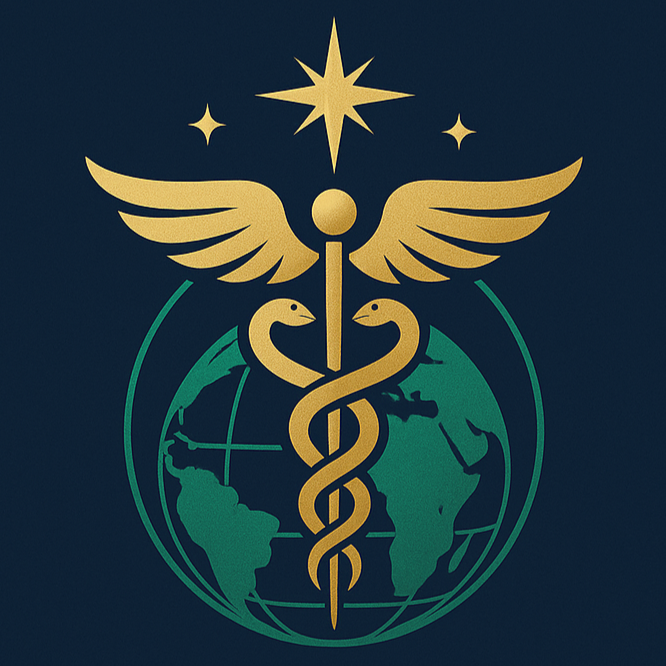Organ Transplantation 器官移植手術
活體肝臟移植
活體肝臟移植不是一個簡單的手術,需要對健康的活體捐贈者和病患接受者進行術前的詳細評估,捐贈與接受者手術的精細配合,以及術後的複雜照護。活體捐贈手術是從捐贈者體內取出60-70%的肝臟(右肝)用於成人接受者,或15-40%的肝臟(左肝)用於兒童接受者。捐贈者應為血親或姻親關係。
活體肝臟移植適應症:
-
末期肝硬化:成人常見原因為慢性肝炎、酗酒、威爾森氏症、自體免疫疾病等。兒童則多為膽道閉鎖。
-
代謝性肝病:使用特殊配方與藥物無法有效控制者。
-
肝癌:符合UCSF標準的肝細胞癌、抗化療且無法手術的肝母細胞瘤。
-
其他需肝臟置換才能治療的疾病。
手術特點
肝臟移植是將患者自身的肝臟替換為健康的全肝或部分肝臟(活體捐贈為部分肝臟)。透過規律服用免疫抑制劑,植入的肝臟能正常運作,具備正常肝臟功能。此手術具有救命性質。
手術流程
捐贈者與接受者的手術會在兩個手術室同步進行,分別由兩組外科與麻醉團隊執行。捐贈者手術包括:腹腔鏡分離肝臟韌帶、正中切口解剖肝門、肝實質分離。當接受者病肝已被切除後,才取出捐贈肝臟,並進行低溫灌洗後送往接受者手術室。接受者手術為弓形切口,全肝切除,植入捐贈肝臟。手術時間:捐贈者約8小時,接受者約12小時。
注意事項
捐贈者併發症:
-
輕微併發症:膽汁滲漏1-2%、出血需再次手術0.5%、右側胸水需抽胸水1-2%、術後腸阻塞1-2%、消化不良5-10%。
-
嚴重併發症:膽道狹窄0.5%、剩餘肝臟血流栓塞或狹窄0.5%。
-
手術死亡率:捐贈給成人者為0.1-0.3%,捐贈給兒童者為0.1%。
接受者併發症:
-
輕微併發症:膽汁滲漏5%、出血需再次手術5-10%、胸水10%、腸阻塞5-10%、膽道吻合狹窄20-30%。
-
嚴重併發症:肝臟血流進出阻塞或狹窄3-5%、敗血症3-5%、其他5%。
-
手術死亡率:非急性肝衰竭為3%、急性肝衰竭者為10-20%。
活體腎臟移植
捐贈者條件審查
-
年滿20歲、身心健康,與接受者為五親等以內的血親或配偶。依法,需與接受者結婚滿2年、有共同子女,或在接受者被診斷需要移植前1年結婚。
-
雙側腎功能正常。
-
無糖尿病、高血壓、結核病,無惡性腫瘤病史,無法定傳染病(如愛滋等)。
-
自願捐贈,動機純正。
-
血型需相容:
-
O型捐贈者可給任意血型接受者,但O型接受者只能接受O型捐贈。
-
AB型接受者可接受任意血型。
-
在某些情況下可進行血型不合移植,但排斥率與風險較高。
-
血型不合移植前處置
-
降低抗體:血漿置換+IVIG。
-
抑制B細胞:術前7-10天使用Rituximab。
-
抑制T細胞:Tacrolimus、Mycophenolate mofetil ± 類固醇、Basiliximab、Alemtuzumab、抗胸腺球蛋白等。
若抗體效價<1:512,手術結果可與血型相容移植相近,但效價高者需更謹慎追蹤,避免慢性排斥。
門診/住院流程(需4-8週完成評估)
第一階段:
-
血液檢查:肝腎功能、B/C型肝炎、梅毒、愛滋、血型、凝血、組織配對
-
影像:胸部X光、腹部超音波、女性需乳房超音波/攝影
-
其他:心電圖、尿液分析與尿細胞檢查
第二階段:
-
血液檢查:病毒抗體、腫瘤指數、甲狀腺功能、結核
-
影像檢查:腎臟CT與腎功能ERPF測試
第三階段:
-
心理評估
-
社工評估
-
淋巴細胞交叉配對測試
醫療倫理委員會審查:
根據《人體器官移植條例》,所有捐贈與接受資訊須經院內倫理審查通過後方可進行。
手術與照護
活體腎臟捐贈採全身麻醉,手術過程中會插入中心靜脈導管與動脈導管並使用導尿管。
手術方式有兩種:
-
傳統開刀手術: 由腹部或後腹部切開,分離腎動/靜脈與輸尿管後取出腎臟。
-
腹腔鏡手術: 傷口小、疼痛少、恢復快,使用氣體充腹並由3個小傷口進行手術,最後從右下腹取出腎臟。
捐贈者照護與風險
-
經完整評估者,剩餘腎功能正常,壽命與未接受手術者無異。
-
手術時間約4-6小時,住院5-7天。死亡率<0.1%。
-
併發症率8%-16%:感染(2.4%)、氣胸(1.5%)、大出血(<1%)、肺栓塞(1%)、輸尿管狹窄或尿失禁(2-10%)、術後10年約30%有輕微蛋白尿或高血壓。
術後回診與追蹤
出院後每週回診一次,穩定後每2週或每月1次,檢查腎功能與抗排斥藥濃度。
腎臟移植接受者
資格審查
-
需為尿毒症患者,正在接受透析,並符合重大傷病資格(活體移植者除外)。
-
除原有腎病外,無其他重大疾病(如癌症、感染等)。
-
自願接受移植,並能理解手術風險與預後。
-
膀胱與泌尿道功能正常(如異常需先處理)。
評估項目
-
血液檢查: 肝腎功能、肝炎病毒量、梅毒、愛滋、腫瘤指數、凝血、甲狀腺功能、結核菌、免疫指數、組織配對
-
影像檢查: 胸X光、腹部/乳房超音波
-
其他檢查: 心電圖、尿液分析與細胞學檢查
術前加強評估對象:
糖尿病、老年、女性需乳房/子宮頸檢查,男性需攝護腺與膀胱功能檢查。牙齒健康亦需檢查。
手術與照護
手術在腹部下方進行,新月形切口,將腎臟植入骨盆腔,接合動/靜脈與輸尿管。原腎是否摘除視病況而定。
術後照護要點:
-
無排斥與併發症可10~14天出院。
-
終生服用抗排斥藥,需注意副作用與原有疾病惡化。
-
術中可能需輸血。
-
急性排斥10-20%,大多可藥物控制,少數導致腎衰竭。
-
約10%(活體)或30%(大體)移植腎功能延遲,甚至無法啟動。
-
術後可能有血尿,多數可自癒。
-
術後併發症5%-10%,嚴重者需再次手術,包括感染、漏尿、血管阻塞、疝氣等。
-
原有腎病可能復發於新腎。
抗排斥藥副作用:
-
Cyclosporine / Tacrolimus: 高血壓、腎功能下降、掉髮、血鉀高等
-
Prednisolone: 月亮臉、水牛肩、骨質疏鬆等
-
Mycophenolate mofetil / Acid: 白血球減少、噁心、肝毒性
-
Sirolimus / Everolimus: 白血球減少、水腫、皮疹等
-
Basiliximab: 較少見副作用,偶見肝功能上升
術後追蹤
出院後初期每週回診,穩定後每2週或1個月一次,定期驗血、檢查肝腎功能與藥物濃度,每3~6個月進行超音波檢查。
